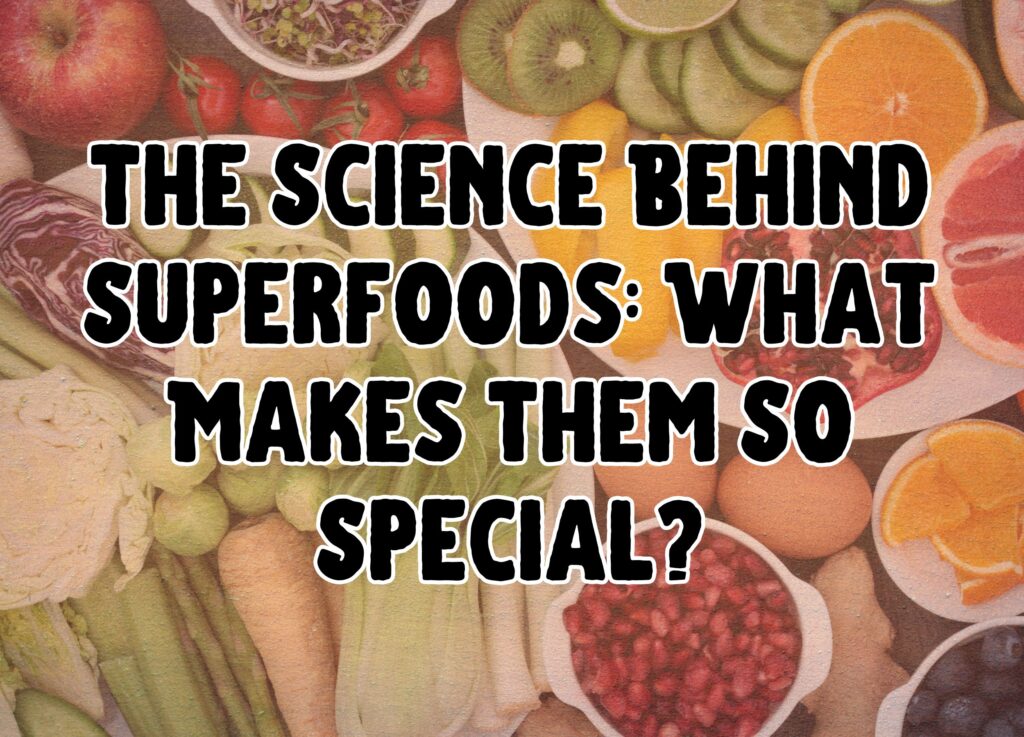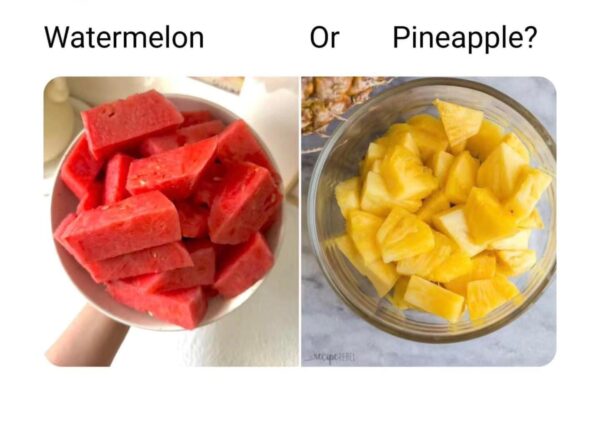In recent years, the term “superfoods” has become a buzzword in the health and wellness community. But what exactly makes these foods “super”? Is it just a marketing gimmick, or is there scientific evidence to back up the claims? In this article, we’ll delve into the science behind superfoods and why they deserve a place in your diet.
Nutrient Density: The Core Principle
The primary characteristic that sets superfoods apart is their nutrient density. These foods are packed with vitamins, minerals, antioxidants, and other beneficial compounds, offering a high nutritional value for relatively few calories. This makes them an excellent choice for those looking to get the most bang for their nutritional buck.

Antioxidants: The Disease-Fighting Compounds
One of the most talked-about benefits of superfoods is their high antioxidant content. Antioxidants are compounds that help fight off free radicals, unstable molecules that can damage cells and contribute to aging and diseases like cancer. Foods like berries, dark chocolate, and green tea are rich in antioxidants, making them a valuable addition to any diet.
Omega-3 Fatty Acids: The Brain Boosters
Omega-3 fatty acids, found in foods like salmon and chia seeds, are another reason superfoods have gained so much attention. These fatty acids are crucial for brain health, reducing inflammation, and improving heart health. They can also help with mental disorders like depression and anxiety.
Fiber: The Gut Health Promoter
Many superfoods are also high in fiber, which is essential for good digestive health. Foods like whole grains, legumes, and fruits and vegetables can help regulate your digestive system, reducing the risk of constipation and promoting a healthy gut microbiome.
Phytonutrients: The Lesser-Known Heroes
Phytonutrients are natural compounds found in plants that have various health benefits. These include flavonoids, carotenoids, and glucosinolates, which have antioxidant, anti-inflammatory, and even anti-cancer properties.
The Role of Superfoods in a Balanced Diet
While superfoods can offer a nutritional boost, it’s essential to remember that they are most effective when consumed as part of a balanced diet. Relying solely on superfoods is not a substitute for a varied diet that includes a range of fruits, vegetables, lean proteins, and whole grains.
Debunking Superfood Myths
It’s also worth noting that while superfoods are incredibly nutritious, they’re not a cure-all. Some claims about the miraculous health benefits of certain superfoods are exaggerated or not backed by scientific evidence. For a more grounded perspective on what superfoods can and can’t do, “Unlock the Secrets to a Longer, Healthier Life with Superfoods” offers a science-based approach.
How to Get Started with Superfoods
If you’re new to the world of superfoods, it can be overwhelming to know where to start. A good first step is to incorporate a few of these nutrient-dense foods into your meals each day. For a comprehensive guide on how to do this effectively, “Your Essential Guide to Superfoods” is an excellent resource.
Superfoods offer a range of health benefits, from boosting your immune system to reducing the risk of chronic diseases. They’re nutrient-dense, meaning they pack a lot of vitamins, minerals, and other healthful substances into a relatively low number of calories. If you’re looking to explore the full potential of these foods, “Discover the Science of Superfoods” provides a thorough guide, complete with practical tips, recipes, and meal plans to help you make the most of what superfoods have to offer.
By understanding the science behind superfoods, you can make more informed choices about your diet and take a proactive approach to your health. If you’re interested in diving deeper into this topic, “Unlock the Secrets to a Longer, Healthier Life with Superfoods” is your go-to guide for everything you need to know.
As an Amazon Associate we earn from qualifying purchases through some links in our articles.




